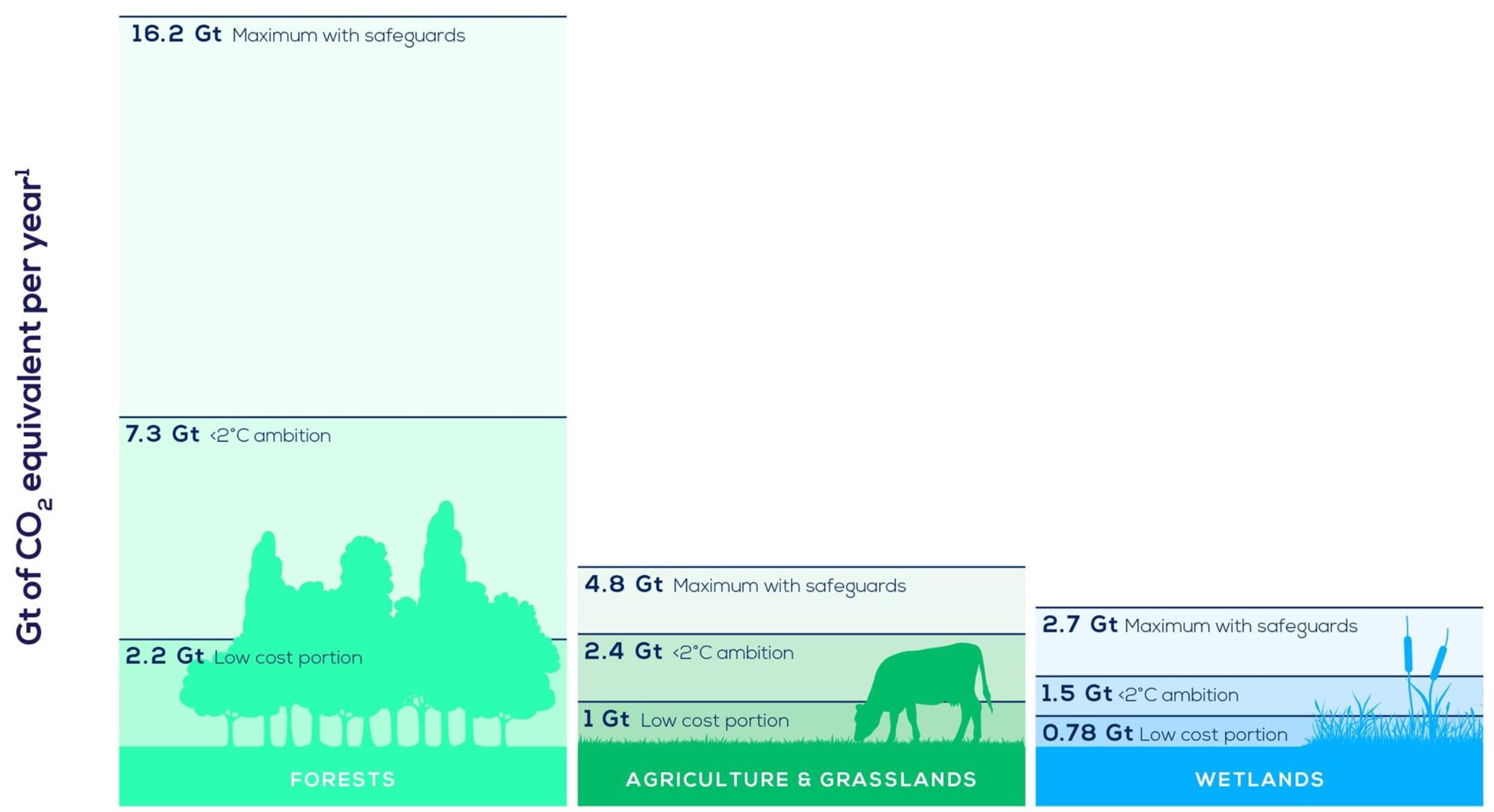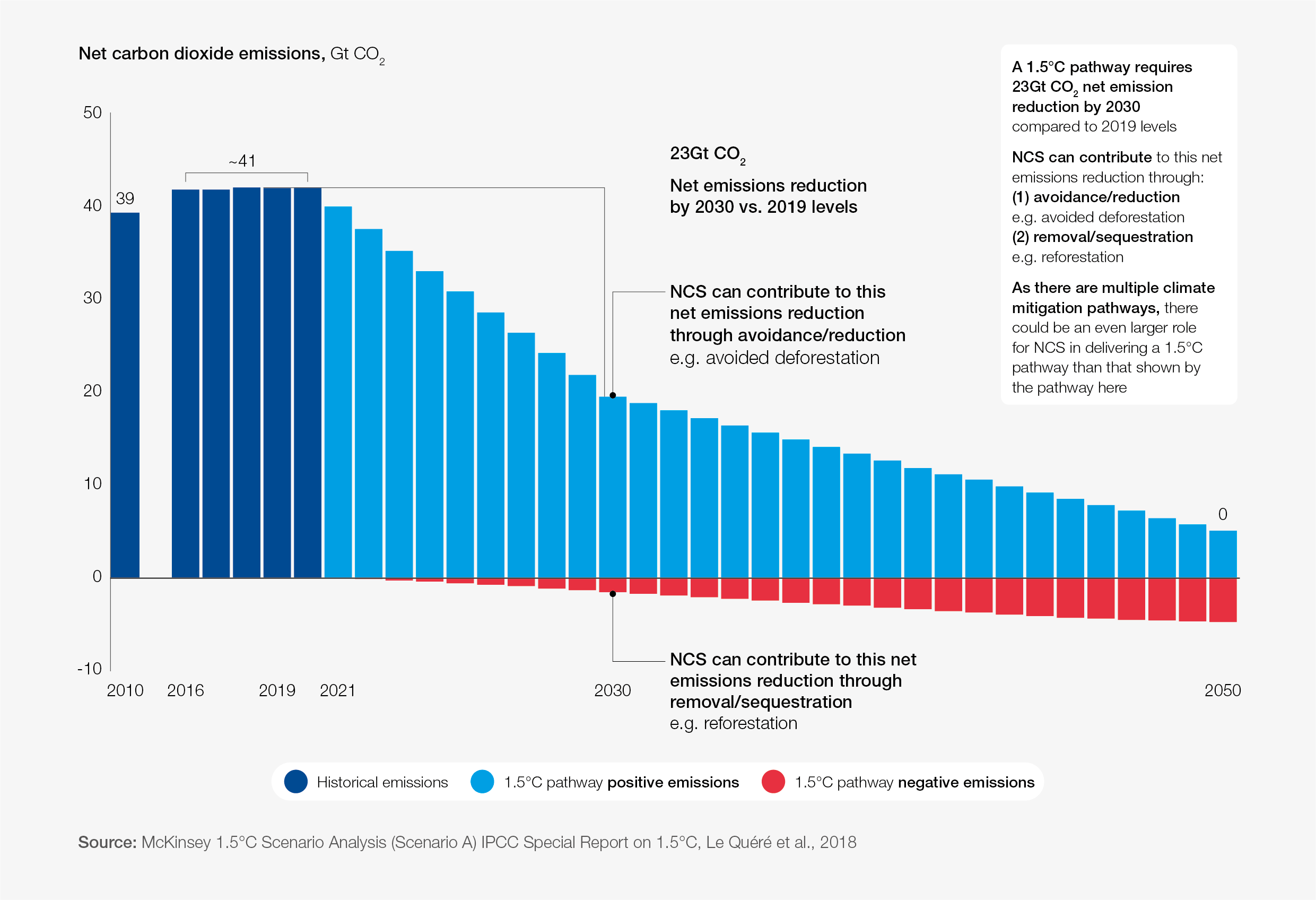Is this a new dawn that will transform the impact of ESG?

Is it time to rethink ESG?
Image: Photo by Karsten Würth on Unsplash
Stay up to date:
COP28
- Environment, social and governance (ESG) are key drivers of stakeholder and shareholder value.
- Yet, often CEOs, Chief Sustainability Officers and investors perceive ESG and sustainability through a risk mitigation perspective.
- ESG needs to be repositioned to monitor an organization’s ability to continuously reconsider and operationalize how to positively impact society and the environment, while executing its core business.
Environment social and governance (ESG) are key drivers of stakeholder and shareholder value. Yet, often CEOs, Chief Sustainability Officers and investors perceive ESG and sustainability through a risk mitigation perspective, making the organization a 'regulation follower'. With this 'what is there' approach ESG is perceived as a reporting function, collecting and reporting activities that are carried out without asking if they make sense, if they follow an overarching strategic intent and if they can be bundled and orchestrated towards strategic impact.
In contrast, winning organizations’ strategic Impact-driven Transformation Programmes focus on change and transformation. They ask 'what is established and achieved' to create real impact. They take an entrepreneurial approach towards ESG, focusing on opportunities and driving the adaptation of new beliefs and behaviours. These empowered 'ESG entrepreneurs' design their impact programme and report it after it has been tailored and set up. If the integrated ESG report is not progressing, this is because the transformation programme that is driving change is not in place.
ESG should be conceptualized as a strategic initiative that goes beyond reporting a collection of isolated activities towards an ambitious transformation programme approach that makes ESG an integral part of the company's system for creating value, delivering value and capturing value.
How entrepreneurial ESG leaders steer and orchestrate an ESG transformation
ESG entrepreneurs think of ESG as a strategic value engine. As they must pave the way and create an innovative edge, they are characterized as transformational leaders who define which core business areas to focus on ESG. They don't ask managers to be driven by reporting and rules and regulations.
ESG is a horizontal phenomenon. It cuts across industries and internally requires some horizontal orchestration across organizational silos. Therefore, to drive successful ESG transformation, ESG entrepreneurs must be created who can establish a level of centralized orchestration and steer a portfolio of impact projects across all business units and functions.
In most companies, the 'muscles' for transformation are not trained because the focus on day-to-day business is on retention/optimization and not on change/transformation. We all know the situation when you ask, 'Who is responsible for transformation?' and there is silence on the conference call.
This is why companies need to introduce at least some degree of central orchestration across all business units and functions. This means creating a dedicated expert function, typically at the headquarters, preferably reporting to the CEO to secure robust sponsorship from the top that is sensitive to the power bases within the firm. It can comprise the following elements:
• Rethink ESG approach and function: Treat ESG as an entrepreneurial, strategic CEO function to create an innovative edge for the company.
• Identify core impact business areas: Identify and define impact areas for ESG based on a thorough understanding of the business’s specific value drivers and business model logic. And, calculate 'ESG-driven business cases' including a baseline, target, roadmap with metrics and concrete milestones in partnership with the business. Guiding questions can include: How to create a sustainable ecosystem? How can others benefit from more careful use of resources, such as water, steel, human labour, etc? How can society participate in new infrastructure projects? How to optimize the supply chain to the benefit of everybody in the value network?
• Oversee and steer a portfolio of ESG projects: The ESG Programme comprises a portfolio of ESG projects (multi-project management), which must be steered, orchestrated and hedged. The ESG projects can be clustered into the following categories: ESG-driven products and solutions with an ESG price tag; social impact projects; and footprint reduction. The focus of every project in the programme portfolio is to make economic sense to ensure that the project, the product or the solution is viable and sustainable long term.
• Measure ESG progress specifically: Make sure to agree on specific objectives and key results for your ESG Programme. Integrate the strategic planning of objectives into guiding 'north stars' with operational execution cycles to create meaningful progress. Objectives and key results as an agile goal management framework can play an important role. Guiding questions can include: Can you add a clear price tag to the ESG characteristic of your product? Is it measurable and underpinned with scientific evidence of what the customer will get, i.e. more sea freight instead of airfreight; less child labour and more children in school; smarter water irrigation of apples?
On the other side, it is pivotal to not fall into the trap of a centrally steered transformation programme, which is too distant from the domain-specific expertise of the organization. New projects should be assessed by people in the different lines of business. Piloting is done in a decentralized way by a small mixed frontline team of business, digital, ESG and strategy people embedded within a business unit – preferably together with (internal) pilot clients. The leaders of these cross-functional teams think and speak the ESG language and know how to land on the customer’s landing strip, how to convince banks, how to talk to rating agencies and how to make ESG-driven projects a success because the framing is understood. They are also part of ESG topic communities that foster best practice exchange across organizations, e.g. a water community in New Zealand and Austria.
There is no one size fits all. Regardless of the organizational archetypes chosen, comprehensive orchestration is required in the early stages of transformation to offset the typical organizational antibodies that resist change. As the transformation progresses and permeates the various functions and departments, the orchestration usually leaves more room for decentralization.
What is the World Economic Forum doing on natural climate solutions?
Operationalizing with the ESG cycle
In the future the license to operate will lie in the 'how' you do business. Societal acceptance, trust of business partners, loyalty of employees and willingness of customers to pay a premium will depend on an organization’s overall market behaviour and business model.
Key will be the organization’s ability to continuously reconsider and operationalize how to positively impact society and the environment while executing its core business. This approach is introduced in parallel with the annual financial planning and reporting cycle:

Kick off with a 'know your ESG profile.' Start by identifying the company’s material impact topics and filtering out those where positive impact and value can be created. Then, set up an entrepreneurial programmatic approach and identify value levers along the entire value chain and impact measurement of the developed programme. Integrating ESG value drivers into the business model(s) ensures sustainable value creation in the literal meaning of sustainability. Impact measurement, which goes along with the discontinuation of what does not work and ramps up what works, creates satisfaction and credibility. Ultimately, reporting follows action, not the other way around.
Results of an Impact Transformation Programme driven by ESG entrepreneurs
Such a transformation does not mean that the existing approach - including awareness-raising, legal housekeeping, etc. – is completely abolished – because it serves as a foundation. Done right, it builds on existing achievements and takes them to the next level.
In an organization, where an ESG Impact Transformation Programme driven by ESG Entrepreneurs is in place, each business unit screens its core business according to the following ESG dimensions, with the following questions in mind:
• ESG driven products and solutions: Can we develop our portfolio further and make our products/solutions more ESG-driven, i.e. can we source our production material more responsibly, can we design our IT solution more data-privacy friendly, can we build in a circular economy component? Can we add a clear price tag to the new/further developed product/solution that reflects the additional benefit the customer receives, i.e. a more responsibly sourced product, a more data-protective IT solution, a circular economic product? How can we prove the customer benefit concerning the heightened ESG characteristics the customer is paying for, i.e. do we have auditable evidence that the product is sourced in a certain way, that the IT application is developed in a certain way, that the product can be recycled? Is the customer able to prove marketing claims, ESG scorings of bank financing and hiring promises for employees upon the evidence?
• Social impact: Is the product/solution beneficial for society and the environment, i.e. does it help society to reduce its water consumption? Does it lower access barriers to education? Does it shift transport from road to rail? Does it reduce plastic packaging? Does it increase access to healthy food? Is this positive impact measurable? This is clearly a complex topic as social impact measurement is a hotly debated and researched area. Nevertheless, measurement needs to be optimized and documented transparently, it must demonstrate how the impact is measured and why that method is used. A concrete example could be: how many farmers use a solution that digitally steers the needed irrigation for a certain farming area and thereby reduces water consumption? How many containers are shipped via rail that were formerly shipped via road under the same commercial logistics relationship?
• Management of own footprint: Is a project beneficial for the company’s own footprint? A footprint comprises of water and energy consumption, the carbon footprint, the waste produced, etc. Can we reliably collect the data regarding the footprint? Are we clear about data formats and data transmission? Can we collect the data from upstream and downstream in our value chain?
This approach ensures that the different ESG dimensions fall into clear boxes in the organization’s ESG programme with its standardized and circular impact measurement framework. The business units do not execute their own mix of detached activities without clear attribution to one of the ESG dimensions. They continuously contribute to a full-fledged measurable integrated strategic ESG programme.
The dedicated central ESG experts steer an ESG programme that is continuously fed by ESG entrepreneurs embedded everywhere in the organization, as close as possible to business operations. The yearly circle of impact measurement ensures that the activities driven by the ESG entrepreneurs are measured, evaluated and continued/discontinued according to their measured success or non-success.
Such an opportunity-driven programmatic approach can also be seen as a viable protection against greenwashing claims, which typically arise in cases of blueprint claims that are neither tailored to the specific business model nor measurable.
With its impact orientation with measurable results and its inherent alignment with the company's own business model, such an opportunity-driven programmatic approach can help the organization to gain a competitive edge.
Accept our marketing cookies to access this content.
These cookies are currently disabled in your browser.
Don't miss any update on this topic
Create a free account and access your personalized content collection with our latest publications and analyses.
License and Republishing
World Economic Forum articles may be republished in accordance with the Creative Commons Attribution-NonCommercial-NoDerivatives 4.0 International Public License, and in accordance with our Terms of Use.
The views expressed in this article are those of the author alone and not the World Economic Forum.
Related topics:
Forum Stories newsletter
Bringing you weekly curated insights and analysis on the global issues that matter.
More on Nature and BiodiversitySee all
Tom Elliott and Tainah Godoy
April 3, 2025
Sophia Otoo and Cynthia Rayner
April 2, 2025
Nunzio Peleggi
March 28, 2025
Jack Hurd
March 27, 2025
David Elliott
March 25, 2025








